Do you want to install a fireplace in your home but are worried about the clearance required between the fireplace and the walls or other objects in the room? A zero clearance fireplace may be just what you need! These fireplaces require very little clearance, making them a perfect option for homes with limited space. In this article, we will answer common questions about zero clearance fireplaces and provide tips on how to choose the right one for your home.
What Does Zero Clearance Mean?
Zero clearance simply means that the area around the fireplace is clear of any combustible materials. This includes things like walls, furniture, and carpets. Most fireplaces require at least 18 inches of clearance from all sides in order to be considered safe. A zero clearance fireplace, on the other hand, can be installed much closer to walls and other objects since they are designed to not produce any sparks or embers that could potentially start a fire. [2]
How Zero Clearance Fireplaces Work
A zero clearance fireplace is a prefabricated fireplace that is designed to be installed with zero clearance to combustible materials. This means that the fireplace can be placed directly against a wall or in a corner without any fear of starting a fire.
Zero clearance fireplaces are usually made of metal, but they can also be made of brick or stone. The most important thing is that the material used to construct the fireplace is non-combustible.
Zero clearance fireplaces are available in a variety of sizes and shapes to fit any space. They can also be vented through the chimney or directly through the wall. Direct venting is becoming more popular because it eliminates the need for a chimney and allows you to install the fireplace in any room, regardless of whether there is an existing chimney.
If you are considering adding a zero clearance fireplace to your home, there are a few things to keep in mind. First, you need to make sure that the area where you plan to install the fireplace is large enough to accommodate it. The size of the fireplace will depend on the model that you choose.
You also need to make sure that the area is well-ventilated. Zero clearance fireplaces produce a lot of heat, so it’s important to make sure that the room where you install it is able to properly circulate air.
Finally, you need to be aware of the clearance requirements for your particular model of fireplace. Each model has different clearance requirements, so it’s important to consult the manufacturer’s instructions before installation. [1]

Customizing Your Fireplace
Your zero clearance fireplace can be customized to match the style of your home. If you have a contemporary home, you might want to consider a sleek, modern design. For a more traditional space, a classic wood-burning fireplace would be a great choice. Whatever your style, there are plenty of options to choose from when it comes to customizing your zero clearance fireplace.
One thing to keep in mind when customizing your fireplace is the size of the opening. The size of the opening will determine how much heat is produced and how big the flames will be. If you have a small space, you might want to consider a smaller opening. Conversely, if you have a large space, you might want to go with a larger opening.
Another thing to consider when customizing your fireplace is the type of fuel you want to use. Zero clearance fireplaces can be used with either natural gas or propane. If you live in an area where natural gas is not available, propane might be a better option for you. Propane is also a great choice if you want to be able to control the amount of heat produced by your fireplace. [1]
The Benefits of Zero Clearance Fireplaces
Quick installation
One of the main benefits of a zero clearance fireplace is that it can be installed much quicker than a traditional masonry fireplace. This is because there is no need to build a chimney or foundation for the fireplace.
Another benefit of zero clearance fireplaces is that they are easier to maintain than traditional fireplaces. They also tend to be more energy efficient because they do not allow heat to escape through the chimney. [4]
Great Design Options
One of the great things about zero clearance fireplaces is that they come in a variety of styles. Whether you want a sleek and modern look or a more traditional design, there’s sure to be a zero clearance fireplace that’s perfect for your home. [1]
Affordability
The affordability of a zero clearance fireplace is another one of its great benefits. Because they do not require a separate chimney, they are much less expensive to install than their masonry counterparts. Additionally, the fireplaces themselves tend to be less expensive than other types on the market. [1]
So, if you’re looking for an affordable and efficient heating solution for your home, a zero clearance fireplace may be the perfect option for you!
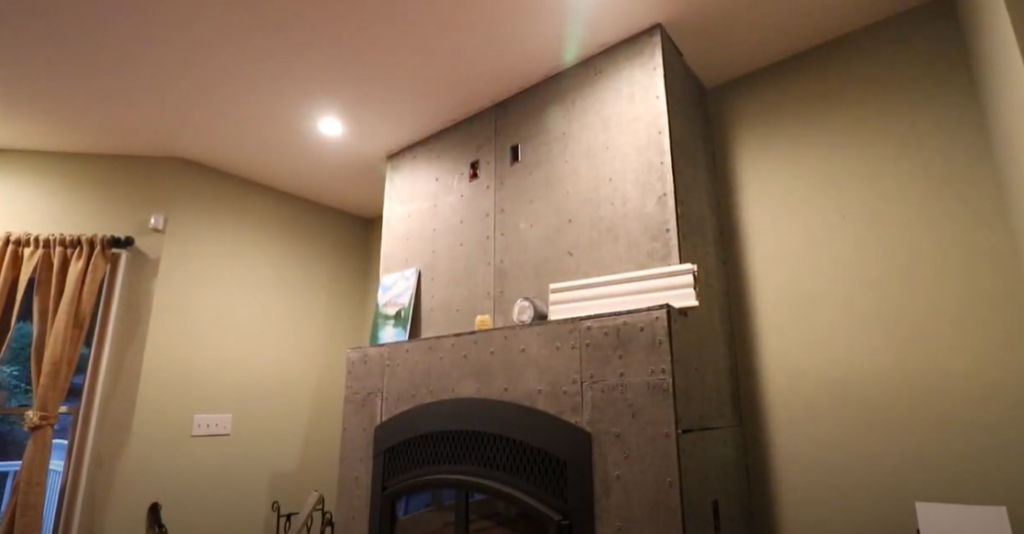
Easy to Retrofit into Homes
One of the great things about zero clearance fireplaces is that they can be easily retrofitted into existing homes. This means that you don’t have to go through the hassle and expense of tearing out an old fireplace and starting from scratch. If you’re thinking about upgrading your home’s heating system, a zero clearance fireplace is definitely worth considering.
Another advantage of zero clearance fireplaces is that they are very efficient. Since they are sealed tightly, there is very little heat loss up the chimney. This means that more heat stays in your home, which can save you money on your energy bills. [1]
Adds character
A zero clearance fireplace is a great way to add character to your home. They come in a variety of styles and can be customized to match your home’s décor.
If you’re considering adding a zero clearance fireplace to your home, here are answers to some common questions that will help you make the best decision for your needs. [4]
Other benefits
In addition to being easier to install, there are several other benefits that come with choosing a zero clearance fireplace.
For one, because they don’t require a chimney, they can be placed just about anywhere in your home- even on an exterior wall. This gives you more flexibility when it comes to design and layout.
Another benefit is that they tend to be more energy efficient than traditional fireplaces. This is due to the fact that they seal tightly against the outside elements, preventing heat from escaping. [4]
Fireplace and Chimney Maintenance
It’s important to have your fireplace and chimney inspected and cleaned on a regular basis. This will help prevent any dangerous buildup of creosote or soot, which can be a fire hazard.
You should also have your fireplace and chimney checked for any cracks or damage that could allow heat or flames to escape. It’s best to have these repaired as soon as possible to avoid any accidents.
If you’re not sure how often you should have your fireplace and chimney inspected, it’s best to check with a professional. They can give you specific advice based on the type of fireplace you have and how often it’s used. [1]
Zero clearance fireplaces are becoming increasingly popular in homes across the country.
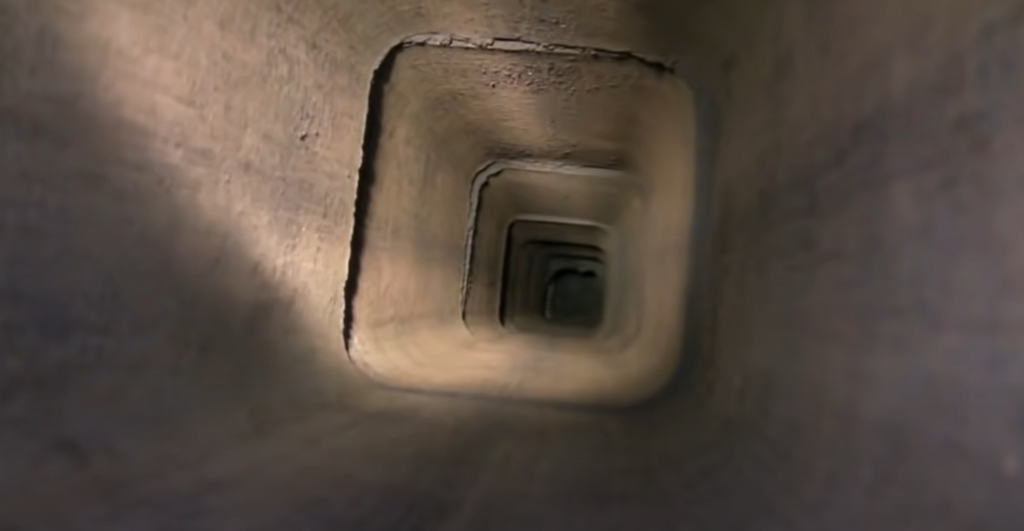
Fireplace Insert vs Zero Clearance Fireplace
Finish Work
To complete the installation of a zero clearance fireplace, you will need to add finishing touches to the outside of the unit. This may include adding trim around the edges or painting the unit to match your home’s aesthetic. You may also need to install a chimney cap on top of the flue pipe.
Zero clearance fireplaces are a great way to add both heating and visual appeal to your home. With a little bit of research and planning, you can install one in your home with ease. Be sure to consult with a professional if you have any questions about installation or safety. [3]
Type of Home/Construction
There are two types of fireplaces that are common in most homes: the fireplace insert and the zero clearance fireplace. The main difference between the two is that a fireplace insert is placed into an existing space in your home, while a zero clearance fireplace is built into new construction or during a renovation.
On the other hand, if you’re planning to build a new home or do a major renovation, you might want to consider a zero clearance fireplace. These fireplaces are built into the construction of your home and take up much less space. They’re also more efficient than traditional wood-burning fireplaces. [3]

Framing
Most zero clearance fireplaces are factory-built, meaning they’re constructed and assembled in a controlled environment. This results in a fireplace that’s much easier to install than a traditional masonry unit.
Zero clearance fireplaces are typically made with either metal or wood framing. The exterior of the unit is then covered with non-combustible material, like brick or stone veneer.
The interior of the fireplace is lined with fireproof brick or another type of heat-resistant liner. This liner protects the framing of the fireplace from the high temperatures generated by the fire.
Many zero clearance fireplaces come with a prefabricated mantel and surround. These components add to the overall look of the fireplace and can be made from a variety of materials, including wood, stone, and brick. [3]
Firebox
A zero clearance fireplace has a firebox that is completely enclosed on all sides. This means that the fire does not come into contact with any combustible materials, which makes it much safer than a traditional fireplace. The downside of this is that it can be more difficult to clean and maintain, but it is worth it for the safety benefits.
One of the most important parts of a zero clearance fireplace is the liner. This is a layer of metal or ceramic that protects the firebox from the heat of the fire. It is very important to make sure that this liner is in good condition, as it can be a major fire hazard if it deteriorates. [3]
Sizes
Most zero clearance fireplaces are available in multiple sizes, with a corresponding increase in heat output. The average size is 30 inches wide by 26 inches tall, with a heat output of around 40,000 BTUs.
The size and heat output you need will depend on the size of your home and how well insulated it is. A larger home or one that isn’t very well insulated will need a bigger fireplace with a higher heat output to warm it effectively. [3]
How Much Does It Cost
The cost of installing a zero clearance fireplace varies depending on the size and type of fireplace you choose. However, on average, you can expect to pay between $500 and $1500 for installation. If you’re looking for a more affordable option, there are some electric fireplaces that can be installed for as little as $200. [5]
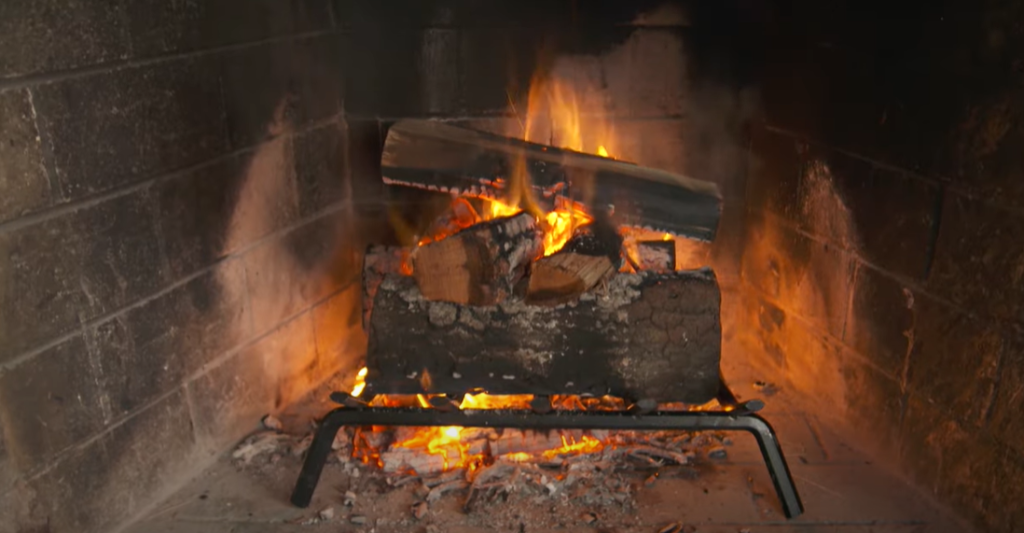
Does My Home Have a Zero Clearance Fireplace
The best way to know for sure if your home has a zero clearance fireplace is to look for a label or metal tag on the face of the firebox. The label should say something like “zero clearance” or “for factory-built fireplaces only.” If you can’t find a label, it’s possible that your fireplace is still a zero clearance unit – but you’ll need to have it inspected by a professional to be sure.
Another way to tell if you have a zero clearance fireplace is by looking at the construction of the chimney. If the chimney is built directly into the house (rather than being an external structure), then it’s likely that you have a zero clearance unit. However, this is not always the case – so again, it’s best to have a professional take a look.
Finally, zero clearance fireplaces will often have metal doors (rather than glass doors) to help contain the fire. If your fireplace has metal doors, there’s a good chance it’s a zero clearance unit. [5]
When Do I Call A Professional
If you have any questions about your zero clearance fireplace, or if you’re unsure about something, it’s always best to call a professional. A professional can help you with any problems that you’re having and can give you peace of mind knowing that your fireplace is in good hands.
There are a few things that you should keep in mind when calling a professional, such as:
- The type of problem that you’re having
- The severity of the problem
- If you’ve tried to fix the problem yourself and were unsuccessful
- How long the problem has been going on for [5]
Comparison of Features and Benefits of Zero Clearance Fireplaces
Zero clearance fireplaces are a popular choice for efficient heating and installation flexibility. Below is a comparison of the features and benefits of zero clearance fireplaces.
| Feature | Description | Energy Efficiency | Installation Flexibility | Cost (Average) |
|---|---|---|---|---|
| Energy Efficiency | Zero clearance fireplaces are designed with high energy efficiency, often featuring sealed combustion systems and adjustable heat output. | 70-90% | Can be installed near combustible materials with minimal clearances, offering flexibility in placement. | $1,500 – $5,000 |
| Safety | These fireplaces are known for their safety due to their insulated design, reducing the risk of heat transfer to nearby materials. | High safety standards and lower clearances to combustibles. | Enhanced safety features often result in slightly higher costs. | |
| Installation Location | Zero clearance fireplaces can be installed in various locations, including bedrooms, bathrooms, and even in-wall or in-corner setups. | Flexible installation options in different areas of the home. | Installation costs may vary based on location and complexity. | |
| Design Options | They come in various designs and finishes, allowing homeowners to choose the style that complements their home decor. | Multiple design options to match the interior aesthetics. | Cost can vary depending on the chosen design and finish. |
Explanation of the table:
- The table provides a comparison of the features and benefits of zero clearance fireplaces, including columns for energy efficiency, safety, installation flexibility, and cost.
- Each feature is described along with the associated energy efficiency, installation flexibility, and average cost.
- This information helps homeowners understand the advantages of zero clearance fireplaces and make informed decisions when considering their installation.
FAQ
Does a zero clearance fireplace need a hearth?
No, a zero clearance fireplace does not need a hearth. You can install a zero clearance fireplace directly on the floor.
Can I burn wood in a zero clearance fireplace?
Yes, you can burn wood in a zero clearance fireplace as long as it is properly vented. A zero clearance fireplace is basically a fireproof box that has been built into your home. The outside of the box is usually made of metal or brick and the inside is lined with fire-resistant materials. There is a flue that runs from the top of the fireplace to the outside of your home. This flue pulls the smoke and fumes out of the fireplace and away from your home.
Can you put a TV above a zero clearance fireplace?
If you’re looking to install a television above your fireplace, a zero clearance model is a great option. Zero clearance fireplaces are specifically designed to be safe for installation in tight spaces like this, and they also come with many other benefits.
Some things to keep in mind if you’re considering installing a TV above your zero clearance fireplace:
- Make sure the television is properly mounted and secured before turning on the fireplace.
- Avoid mounting the television too close to the firebox, as this could damage the electronics.
- Use caution when handling any cords or cables around the fireplace. Keep them away from heat sources and make sure they’re not blocking any ventilation openings.
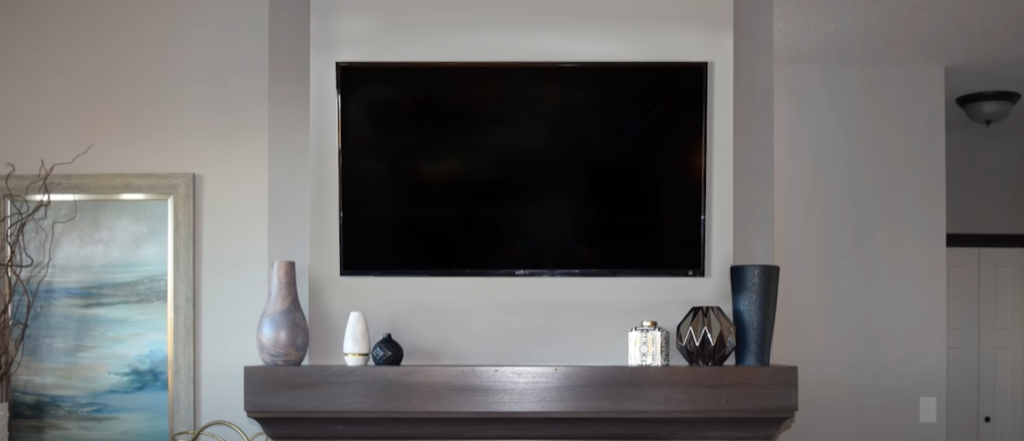
What is the difference between a zero clearance fireplace and a masonry fireplace?
The biggest difference between a zero clearance fireplace and a masonry fireplace is that a zero clearance fireplace is factory-built, whereas a masonry fireplace is built on site by a contractor.
Masonry fireplaces are constructed of brick, stone, or another type of masonry material. They are usually built during the construction of a home, and require professional installation.
Zero clearance fireplaces, on the other hand, are prefabricated fireplaces that can be installed by anyone with basic handyman skills. Most zero clearance fireplaces come as an insert that goes into an existing opening in your home (usually where an old wood-burning stove used to be).
Another key difference between the two types of fireplaces is that masonry fireplaces are usually more expensive to build and install than zero clearance fireplaces.
So, if you’re looking for a cost-effective way to add a fireplace to your home, a zero clearance fireplace is the way to go.
How long do zero clearance fireplaces last?
The average lifespan of a zero clearance fireplace is about 20 years. However, with proper maintenance and care, your fireplace could last much longer.
Can you put a gas insert in a zero clearance fireplace?
Yes, you can put a gas insert in a zero clearance fireplace. However, you need to make sure that the insert is properly sealed and that the flue is the correct size. You also need to have a professional install the insert.
Are all gas fireplaces zero clearance?
No, all gas fireplaces are not zero clearance. Zero clearance fireplaces are specifically designed to be used with certain types of materials.
If you have a gas fireplace that is not zero clearance, you can still use it, but you need to take some precautions. Make sure that the area around the fireplace is clear of any flammable materials and that the fireplace is properly ventilated.
How does a zero clearance fireplace differ from a traditional fireplace?
A zero clearance fireplace differs from a traditional fireplace because it is specifically designed for installation in areas with minimal clearance to combustible materials. It can be installed directly against walls, wood, or other materials without the need for masonry, making it a more versatile and space-efficient option.
What are the advantages of using a zero clearance fireplace in a home?
The advantages of using a zero clearance fireplace include its space-saving design, flexibility in placement, and efficient heating capabilities. It’s an excellent choice for homes without existing masonry fireplaces, as it can be easily installed in various locations.
Can you convert an existing wood-burning fireplace into a zero clearance fireplace?
It is possible to convert an existing wood-burning fireplace into a zero clearance fireplace, but it typically involves installing a factory-built fireplace insert. This insert fits into the existing fireplace opening, providing a zero clearance solution without the need for masonry work.
What fuel options are available for zero clearance fireplaces, and which is the most common?
Zero clearance fireplaces can use various fuels, including wood, gas, and electric. The most common fuel for zero clearance fireplaces is gas, as it offers convenience, efficiency, and cleanliness. Gas fireplaces are available in both natural gas and propane models.
Do zero clearance fireplaces come with built-in safety features to protect against overheating and fires?
Yes, zero clearance fireplaces come with built-in safety features to protect against overheating and fires. They are designed and tested to meet strict safety standards. Many models include features such as automatic shutoff in case of overheating or gas leaks to ensure safe operation.
What are the clearances required for the installation of a zero clearance fireplace, and how should they be determined?
The clearances required for the installation of a zero clearance fireplace can vary by model and manufacturer. These clearances typically depend on factors like the type of fuel used and specific design features. To determine the clearances for your fireplace, refer to the manufacturer’s installation instructions and consult with a professional installer or contractor.
Are zero clearance fireplaces suitable for both heating and decorative purposes, or are they primarily functional?
Zero clearance fireplaces are suitable for both heating and decorative purposes. They provide efficient heating and can serve as a focal point in a room, enhancing its aesthetics. Many models offer a combination of functionality and aesthetics, making them a popular choice for homeowners.
Useful Video: What is a Zero Clearance Fireplace?
Conclusion
Zero clearance fireplaces are a great option for many homeowners because they are safe and efficient. If you are considering installing a zero clearance fireplace, it is important to understand all the safety precautions involved. This guide provides answers to common questions about zero clearance fireplaces and helpful tips on how to use them safely. Thanks for reading!
References:
- https://verticalchimney.com/blog/zero-clearance-fireplace/
- https://www.kozyheat.com/what-does-zero-clearance-mean/
- https://www.maplemtnfireplace.com/theflame-blog/fireplace-insert-vs-zero-clearance-fireplace
- https://jetmastervic.com.au/why-you-should-get-a-zero-clearance-fireplace/
- https://boggsinspect.com/what-is-a-zero-clearance-fireplace/

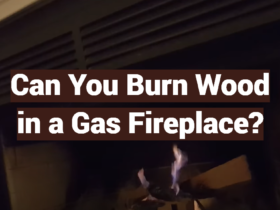
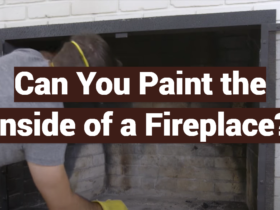
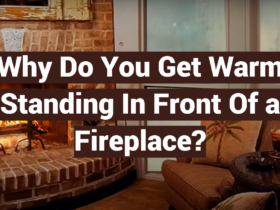
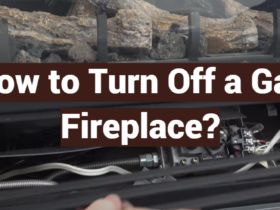
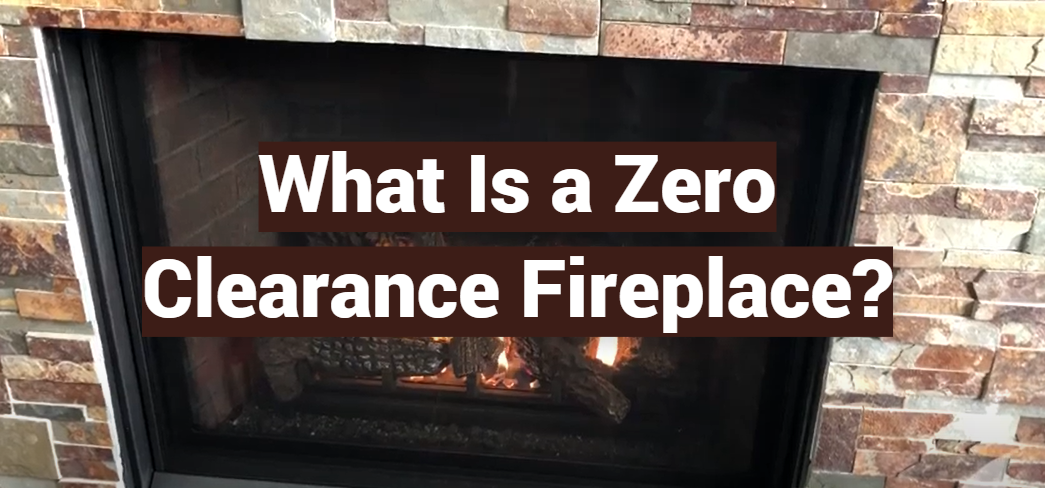

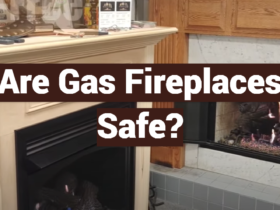

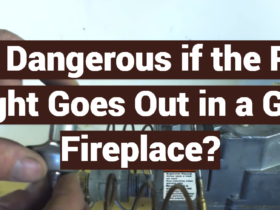
Leave a Review